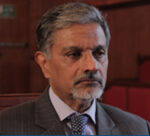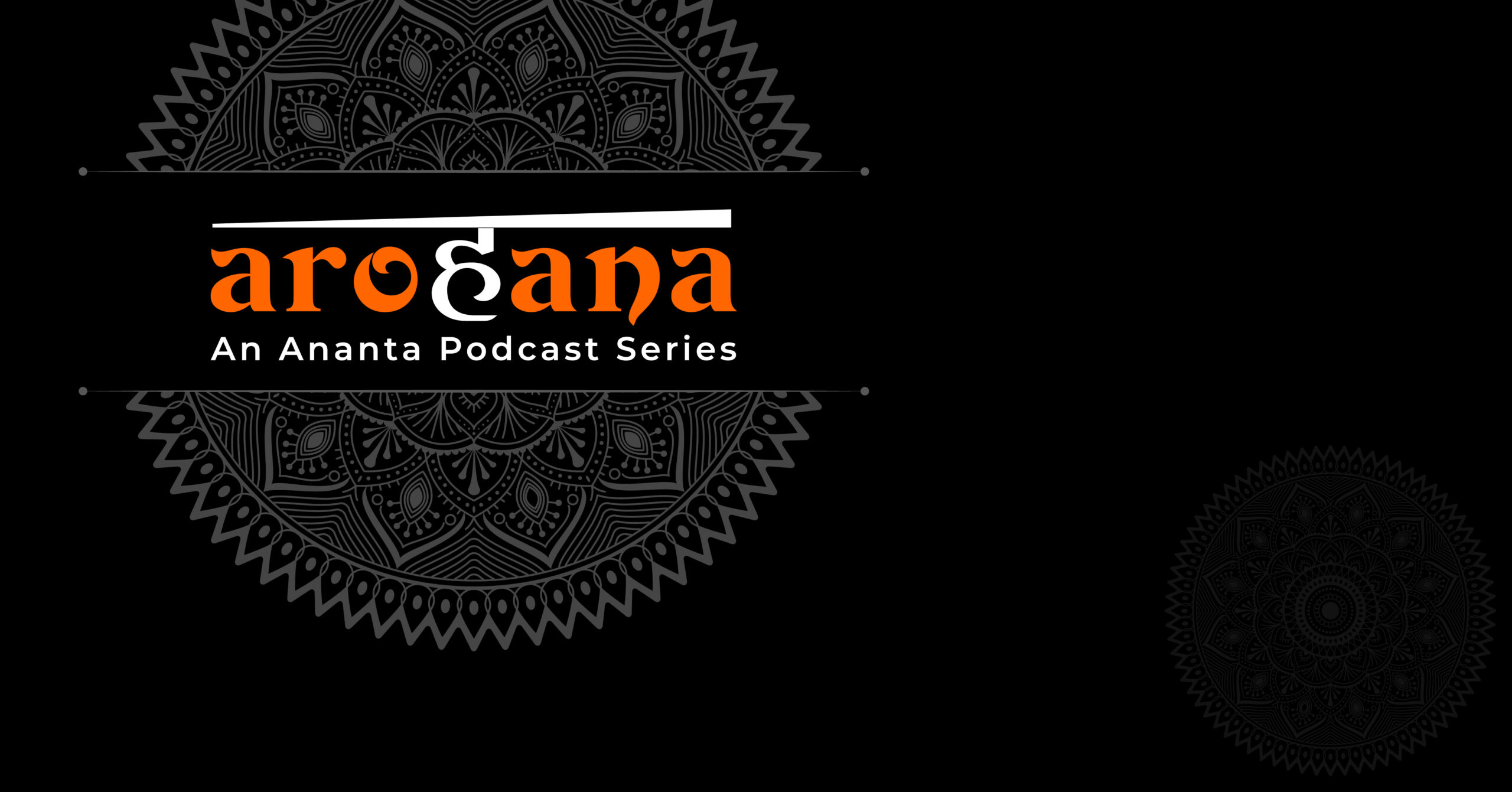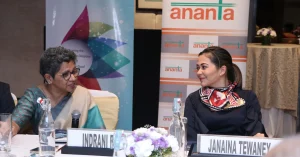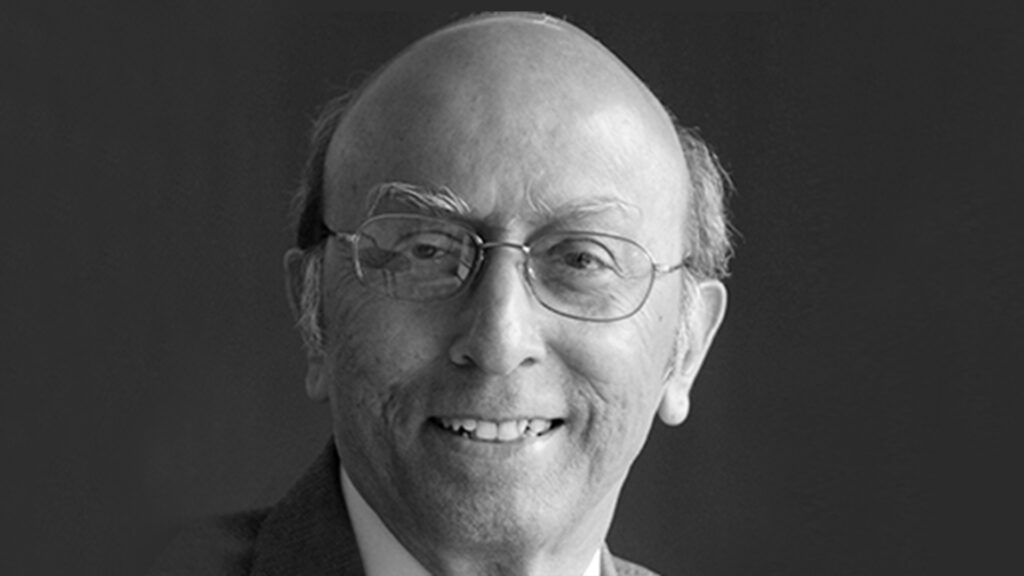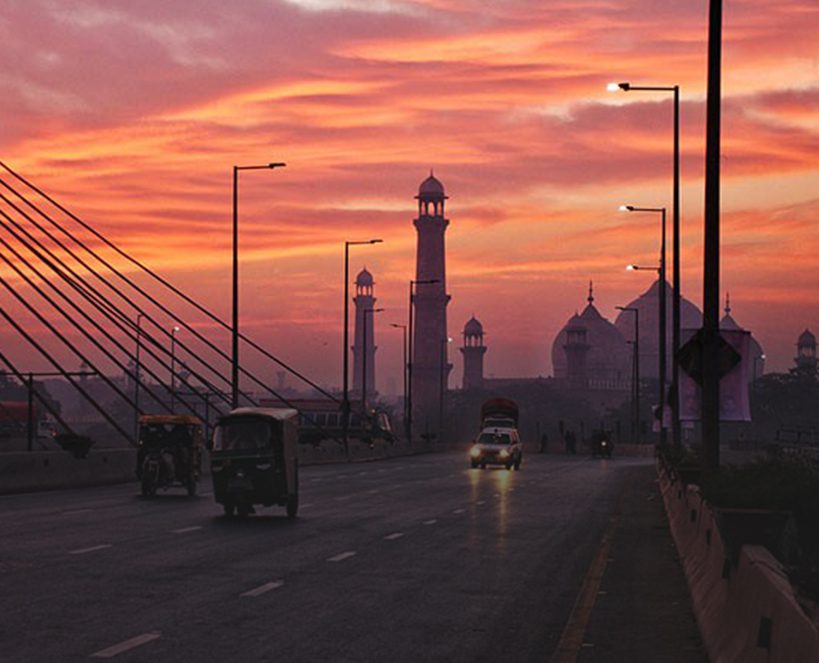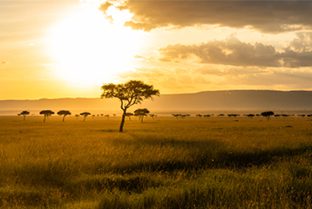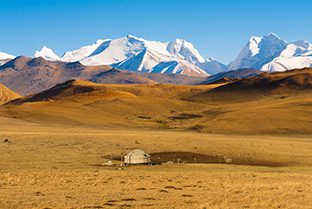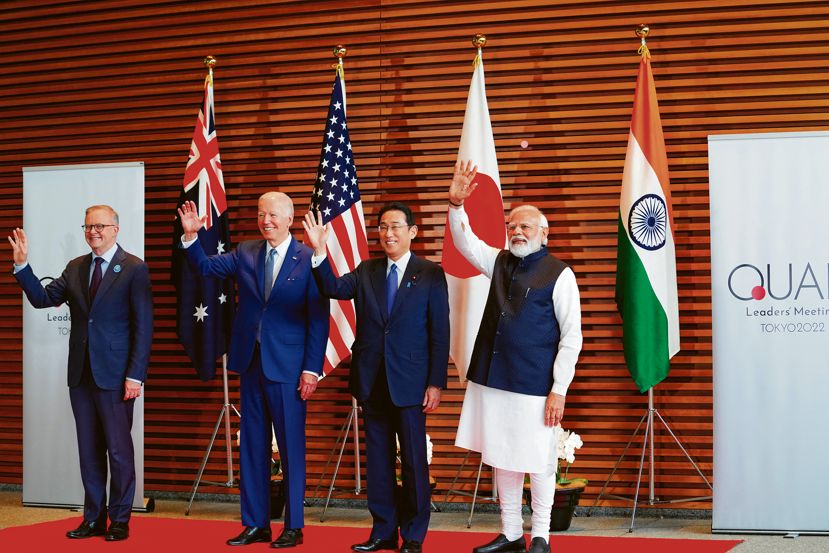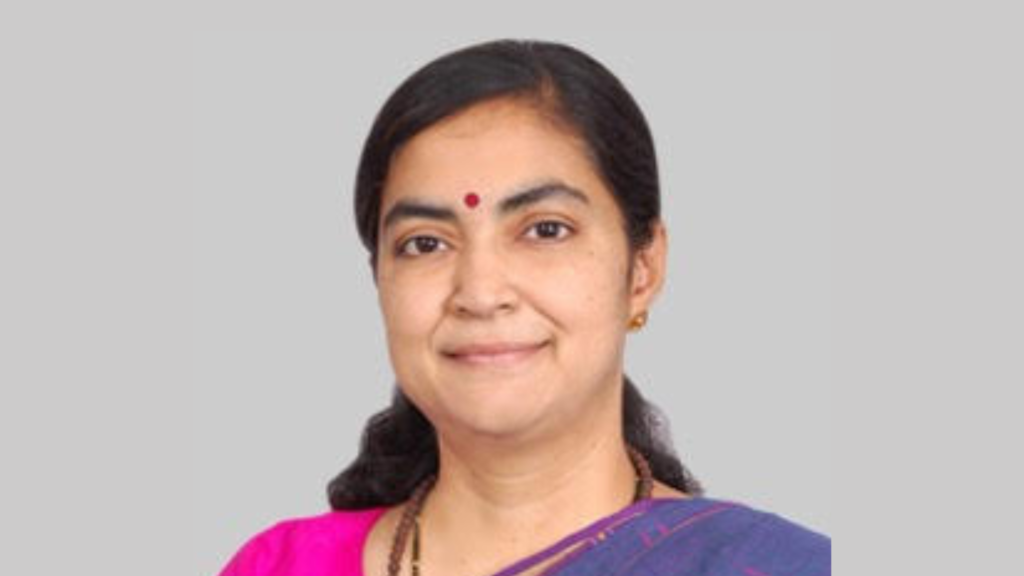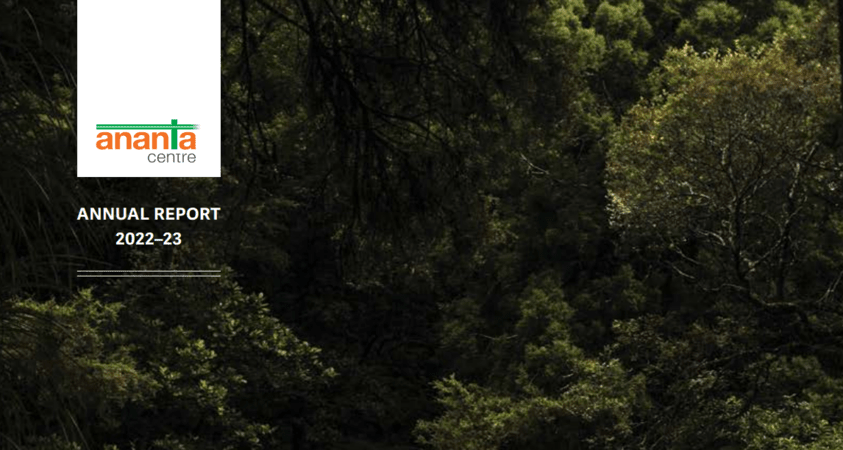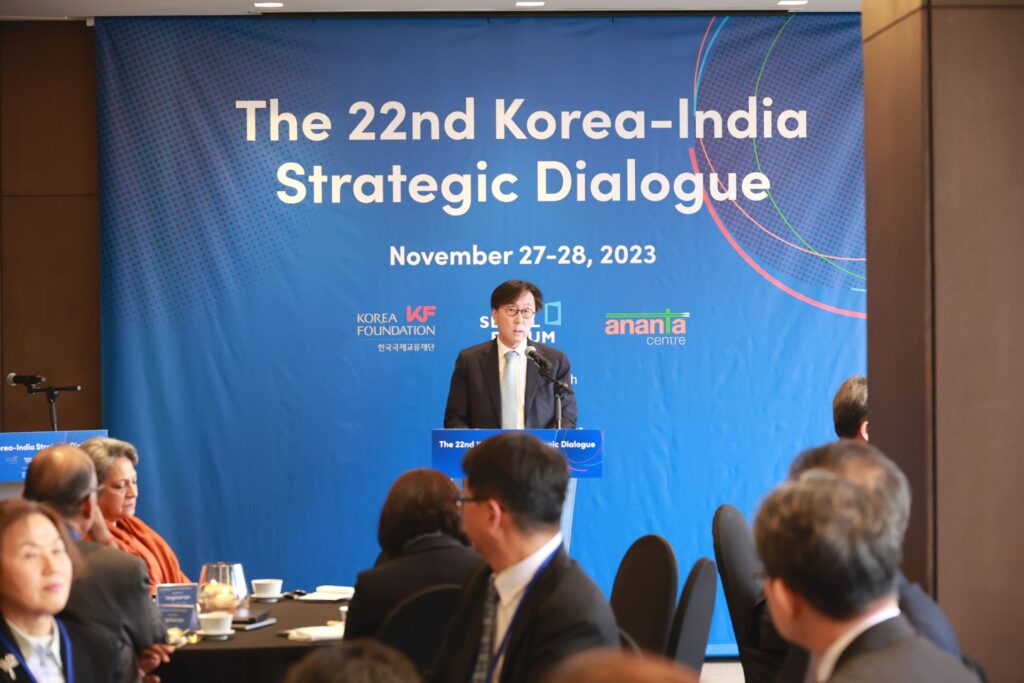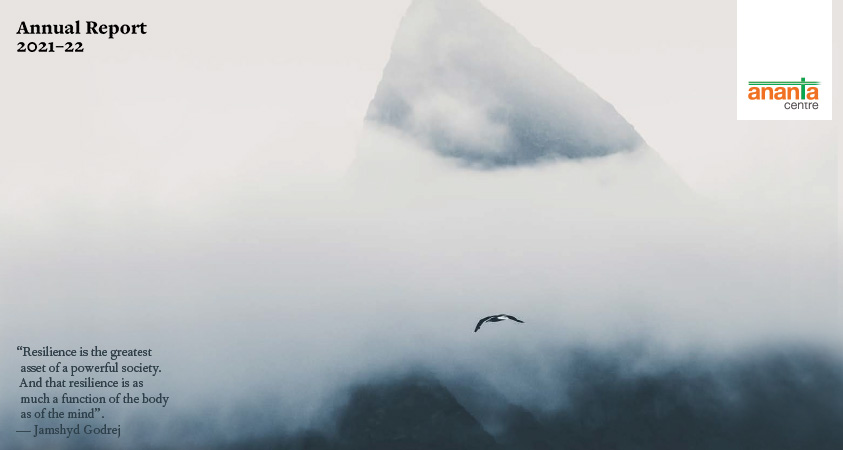HIGHLIGHTS
● Political Developments
● Economic Developments
● Focus India-LAC
Political Developments
On 30 October Brazil voted back to power Luis Inacio Lula da Silva (Lula – president from 2003-10) as President in a second round. Lula won by a slim margin – 50.9 to incumbent President Bolsonaro’s 49.1 percent – less than 2 million votes. The turnout of 125 million (around 80 percent of those eligible) was impressive but expected, given the existential stakes for Brazil. In the first round on 2 October, Lula had a margin of over 6 million votes over Bolsonaro, leaving him at 48.4 percent, just short of the 50 percent+1 threshold for outright victory in a field of 11 candidates. Pollsters had not foreseen so much support for Bolsonaro, who had become highly controversial and unpopular domestically and internationally but managed to consolidate his right-wing/evangelical base, stealing votes from other centrist candidates. Brazil’s reasonable economic performance, partly due to the rise in commodity prices and demand, and fear- mongering over the looming left-wing deluge, obscured the disastrous experience of the COVID pandemic, which left almost 700,000 dead – and Bolsonaro’s own eccentric attitude towards it – enabling his supporters to score some governorships and the largest number of seats in the Congress. Brazil’s solid democratic credentials were on display, with the Supreme Electoral Tribunal negating attempts by to publish fake news and provoke violence. A veiled threat by Bolsonaro to not recognize the result if he lost did not materialize. The armed forces, coddled by him, stood by and accepted the final result. As we have seen in the recent past, Brazil continues to be polarized between left and right; white and coloured, rich and poor, liberal and conservative citizens.


